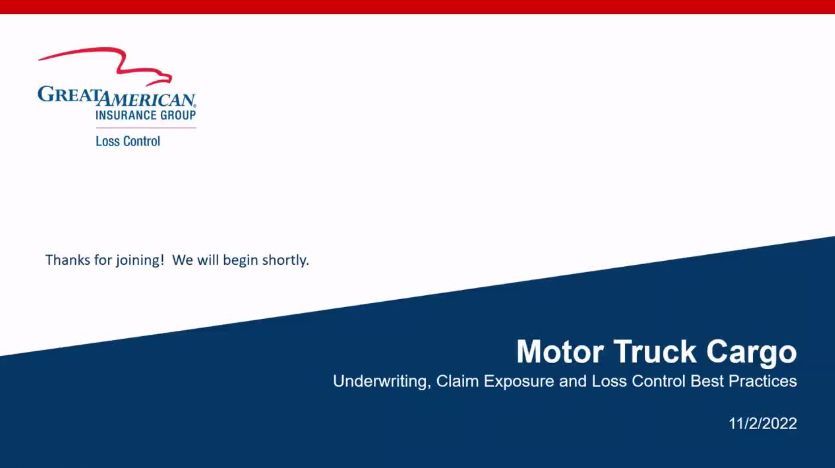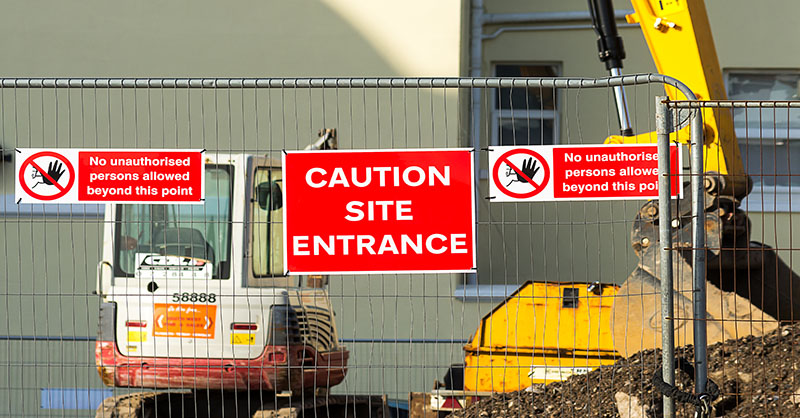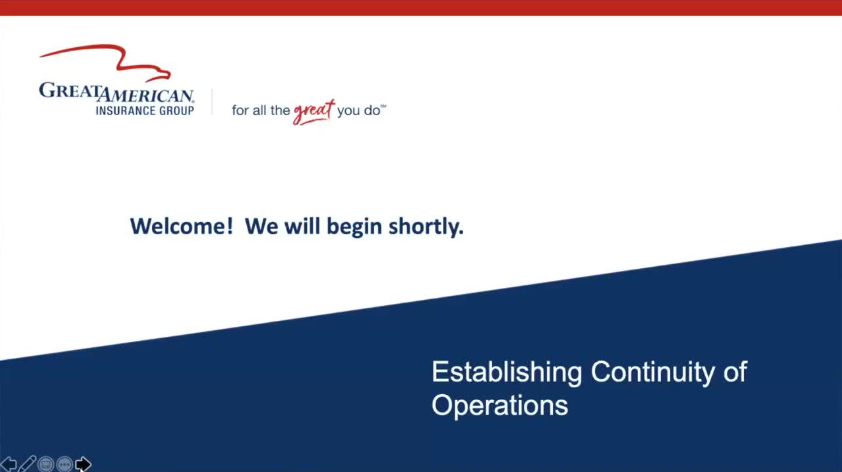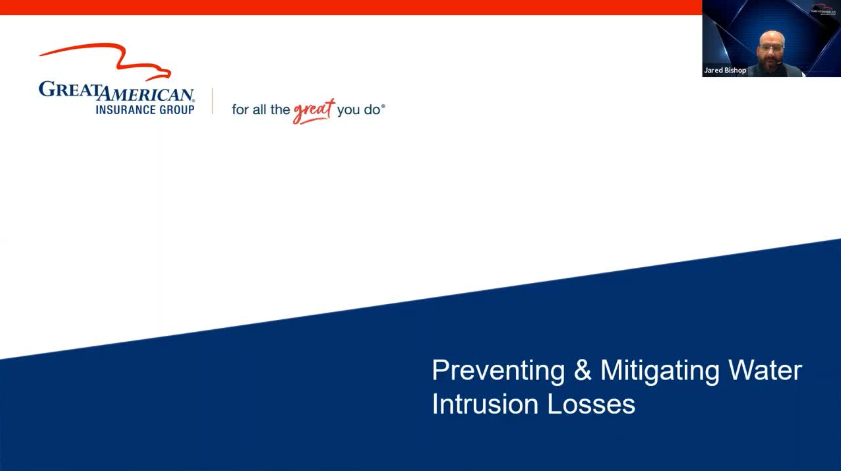Help Train Lifeguards With Scanning Drills

Drop Drills
One of the most recognized scanning drills is an unannounced drop drill. Drop drills utilize a person-like mannequin, silhouette or any other object that provides a shadow on the bottom of the pool. It is recommended that a drop drill should be conducted every 40 hours a lifeguard is on duty.
How to Administer Drop Drills
Below are steps in setting up a drop drill, conducting the drill and reviewing the drill.
- During in-service training, work with staff to understand that drop drills are meant to enhance lifeguarding skills and are not designed to catch staff doing what is “wrong.”
- Drop drills where a lifeguard is leaving their post and entering the water can be scary for swimmers who are not aware of these drills. Communicate with members before conducting any drills so swimmers are aware of all drills that are conducted for their safety.
- The training device that is being used should be placed at the bottom of the pool and within a lifeguard’s zone without the lifeguard seeing it. An observer with a stopwatch should be located out of sight to record the recognition time (10 seconds) and time of recovery (20 seconds). Drop Drills are simulated drills with the expectation guards implement a water entry.
- If a lifeguard has not met the recommended standard of 10/20, remediation should be undergone to ensure that the necessary improvement occurs. Along with evaluating the drop drill, other factors should be considered, such as zones and chair placement. Drop drills are meant to hold aquatic management and staff accountable. They also send positive messages to the members about the importance of pool safety.
There is no such thing as too much training. Appropriate training involves not only the pool staff but all other areas of the facility to help prepare staff for emergencies. Training should be ongoing and documented. A review of all live training sessions and briefings with staff would help staff perform at the highest level.
Getting to Know Your Pool
Knowing your pool is crucial before undertaking any aquatic drills. As part of the onboarding process for all new staff and before any lifeguard undertakes guarding for the first time, you should identify different variations in and around the pool. The following are ways to become familiar with your pool:
- Review incident reports to help identify where frequent situations occur.
- Recognize where there are changes in depth and how various areas are marked. Prioritize areas by constituent usage (i.e., Shallow end tends to be for small children).
Effective scanning is also dependent on water clarity. Clean pools are essential for seeing the bottom of the pool. If a pool is cloudy, jeopardizing the effectiveness of your lifeguards, be prepared to close the pool until the water clarity improves and all depths are clear.













